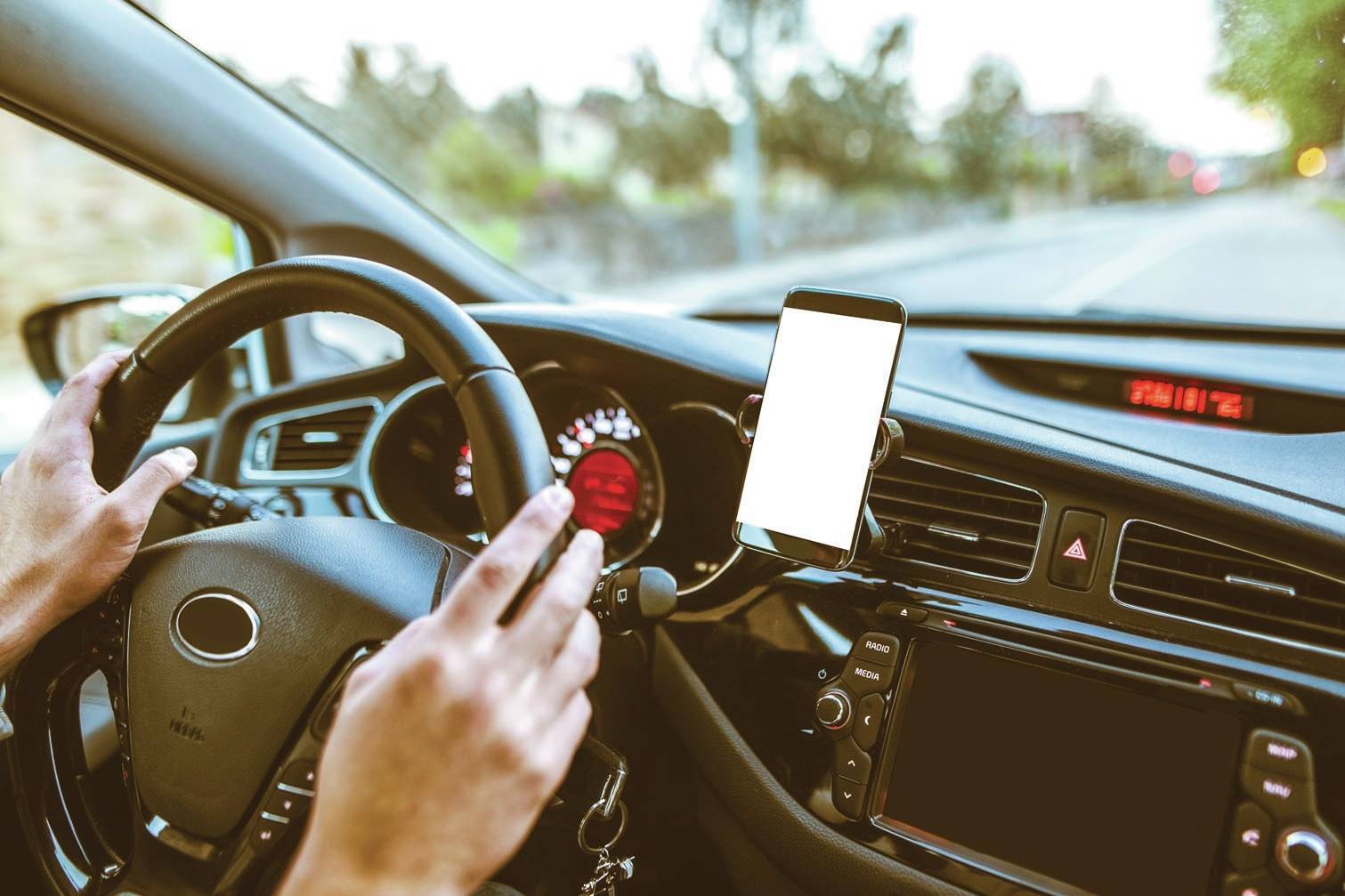Soldotna City Council has postponed voting on an ordinance that would to prohibit the use of hand-held electronic devices, like cellphones, while driving in school zones and on school property.
This year, the Alaska State Legislature passed House Bill 333, which gave cities the ability to regulate the use of cellphones while operating a motor vehicle in active school zones and on school property. At a previous council meeting, Soldotna City Council member Jordan Chilson introduced an ordinance to do just that.
Chilson said during Wednesday’s council meeting that he had asked school principals throughout Soldotna to see if cellphone usage while driving was an issue and found that there is concern at the elementary schools.
Principals are seeing parents using cellphones when they get in line at school to pick up children, Chilson said.
“They’re looking down at their phone but they’re not always looking up when they’re pulling forward. … They’ve had a lot of parents getting into near accidents and nearly hitting kids. Thankfully that hasn’t happened yet, but there is a definite risk there from what I’ve been able to gather,” he said.
Currently there are signs in place warning against using screens while driving.
“The staff can go and knock on windows all day … but I think that at the end of the day, it’s not going to have the same effect as if we have a Soldotna police officer that’s able to go and have that conversation with a parent,” he said.
Currently, Soldotna drivers are prohibited from using a smartphones or other electronic-screen device for anything other than a voice call. While the state’s law only pertains to texting, Soldotna’s law covers things like searching for music, checking a website or scrolling through social media while driving on public roads. Since school property and school zones are not public roadways, the law is not enforceable. Chilson’s ordinance aims to change that.
According to Soldotna Police Chief Peter Mlynarik, Soldotna Police don’t often write citations for using a device while driving. Since 2016, the department has issued just four citations for driving.
“That kind of shows you the challenge to finding people who are actually doing it,” Mlynarik said. “That said, it’s not a big workload for the department for this ordinance, but as the history shows we’re not writing many citations on it. Having the ordinance, though, may itself be a deterrent.”
Chilson said his hope isn’t to increase citations, but to have a conversation.
“I don’t want to see people get a ticket … but if you’re driving in the school parking lot, your eyes should be on the road,” Chilson said.
Other council members expressed concerns over the need for an additional ordinance, arguing that it would be obscured.
“I think the signs (that the schools put in place) are definitely addressing the issue,” said council member Tim Cashman. “You can shame people into good behavior a lot easier in the parking lot than you can regulate them with an obscure law they may or may not be aware of.”
The council will revisit the ordinance at their next meeting on Jan. 23 at 6 p.m.

